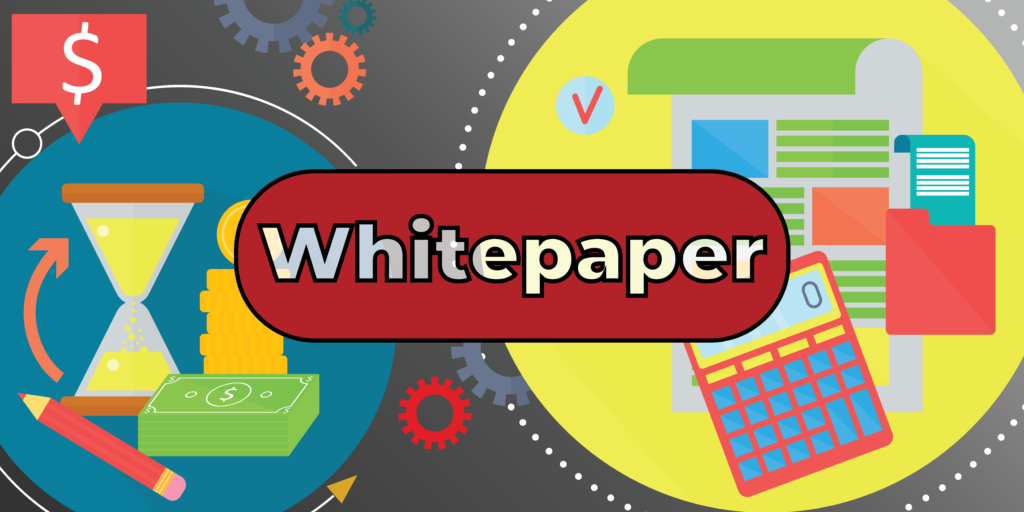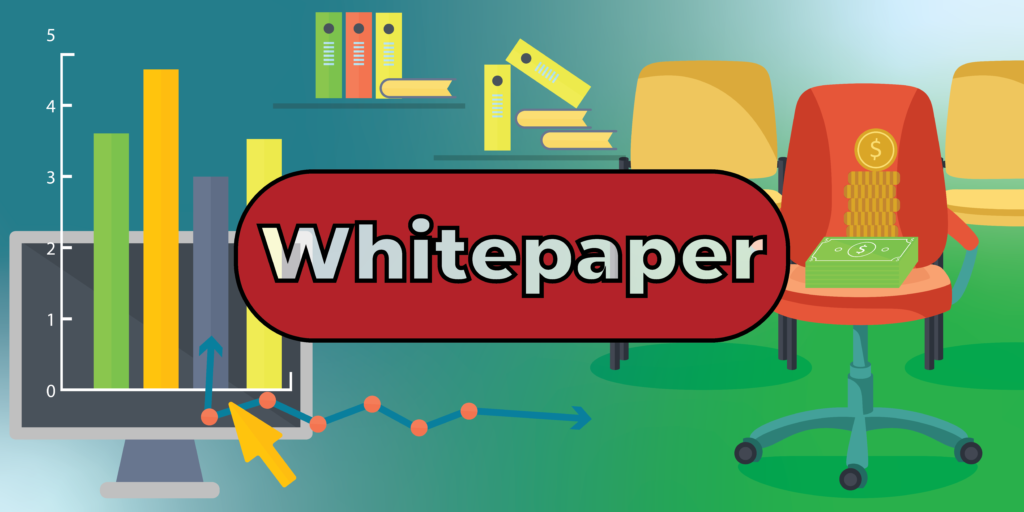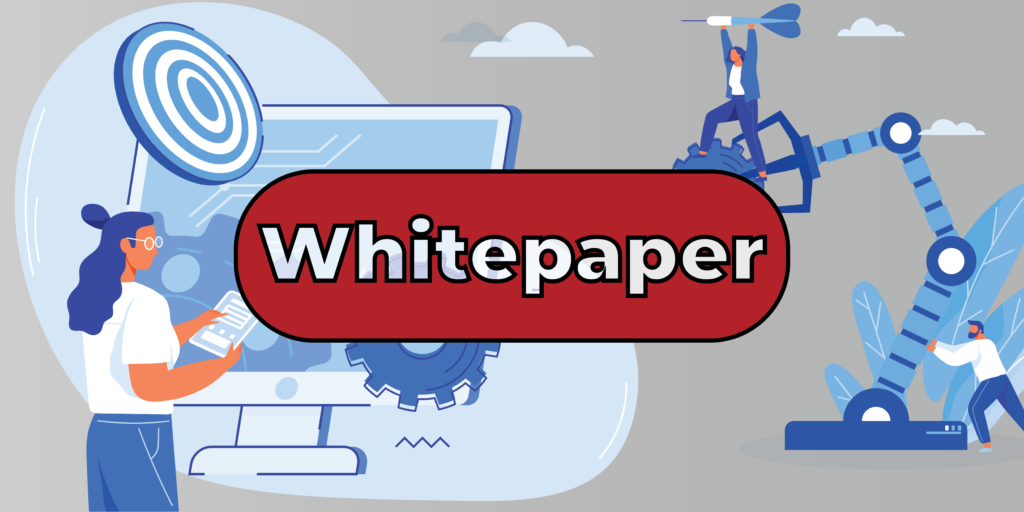In large organizations, many different people are responsible for updating, creating, and deleting data in spreadsheets. Each time a spreadsheet is changed, there is a risk of losing the integrity of the data because of the number of cell references and relationships between each data item in the spreadsheet (and among many different spreadsheets). It […]
Author Archives: Helene Abrams
The concept of a world-class close has been around for decades, and with the economy booming, stalling, and then doing who-knows-what in the future, revisiting the elements of an exemplary close can bring unexpected benefits to any organization. Driving toward a world-class close means by definition that IT and Finance will become more flexible, more […]
The acquisition has been announced. Company A is going to sell the B part of its business to Company C. The entire organization is trying to complete the close in a very short window. The regulatory team needs to file all the paperwork set up the new legal entities and the change in ownership. The […]
Suppliers and consultants regularly make recommendations to their client companies. In many companies, these suppliers of products and services are trusted advisors, often having the responsibility of making a final decision on a project. Even with best intentions, however, the supplier’s decision of what is right for the customer is a difficult decision because there […]
When companies originally set up multi-org in Oracle’s® E-Business Suite, security and control were the primary drivers for separating data into different operating units. Plants wanted to run their own operations, negotiate their own contracts with suppliers, and set up their own invoicing, inventory and receiving practices. Moreover, there was a competitive environment among different […]
It’s happening company-wide: Different divisions, from accounting to purchasing, are looking to cut down on costs and reduce inefficiencies in an attempt to ride out the latest economic tides. This belt-tightening attitude can be seen in the significant furloughs and lay-offs, and in the aversion companies have toward participating in internal projects that do not […]
Before the onset of the economic downturn and the meltdown in the financial sector, for businesses addressing change meant adapting to more cash coming in and what to do with it to keep investors happy or adapting to unprecedented growth – one of those “good problems to have”. Organizations were looking at 3, 5, and […]
In the past, improving business processes was the primary objective of most ERP implementations, and welcome outcomes were cost savings and productivity improvements. When ERP systems were initially implemented, the opportunities and gains in back office operations were considered significant strategic advantages. But although the strategic advantages of having robust ERP systems persist, today’s economy […]
Smart business owners know that by planting the right seeds during times of economic uncertainty, their companies can harvest a bumper crop on the other end of the slowdown. Here are a few time-tested perennials sure to reap big rewards. Weed Your Garden This is a good time to focus on your company’s core competencies […]
How the Implementation of an Enterprise Application Goes from “Finished” to “Done” Enterprise applications must continually evolve in order to support ongoing business changes. Enabling and facilitating those changes so that they can occur with minimal cost and business disruption is the essence of designing for agility. The backbone of potential design agility is most […]











